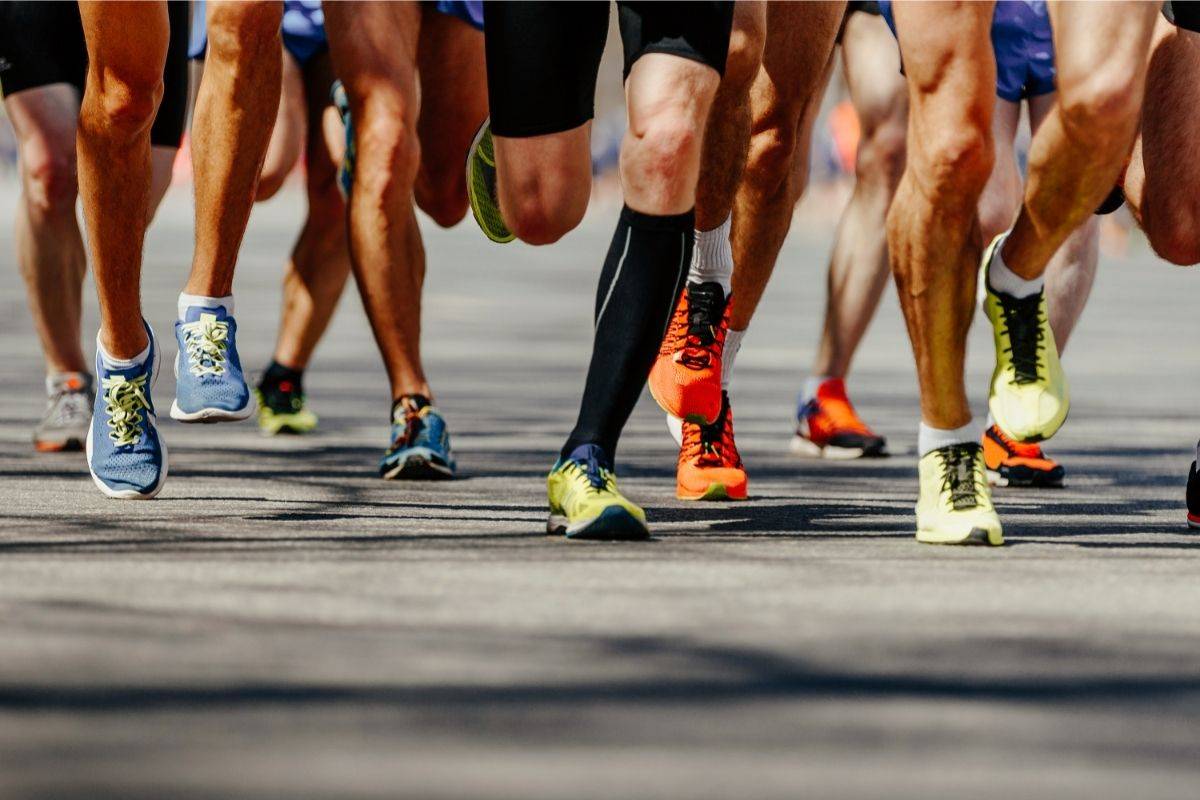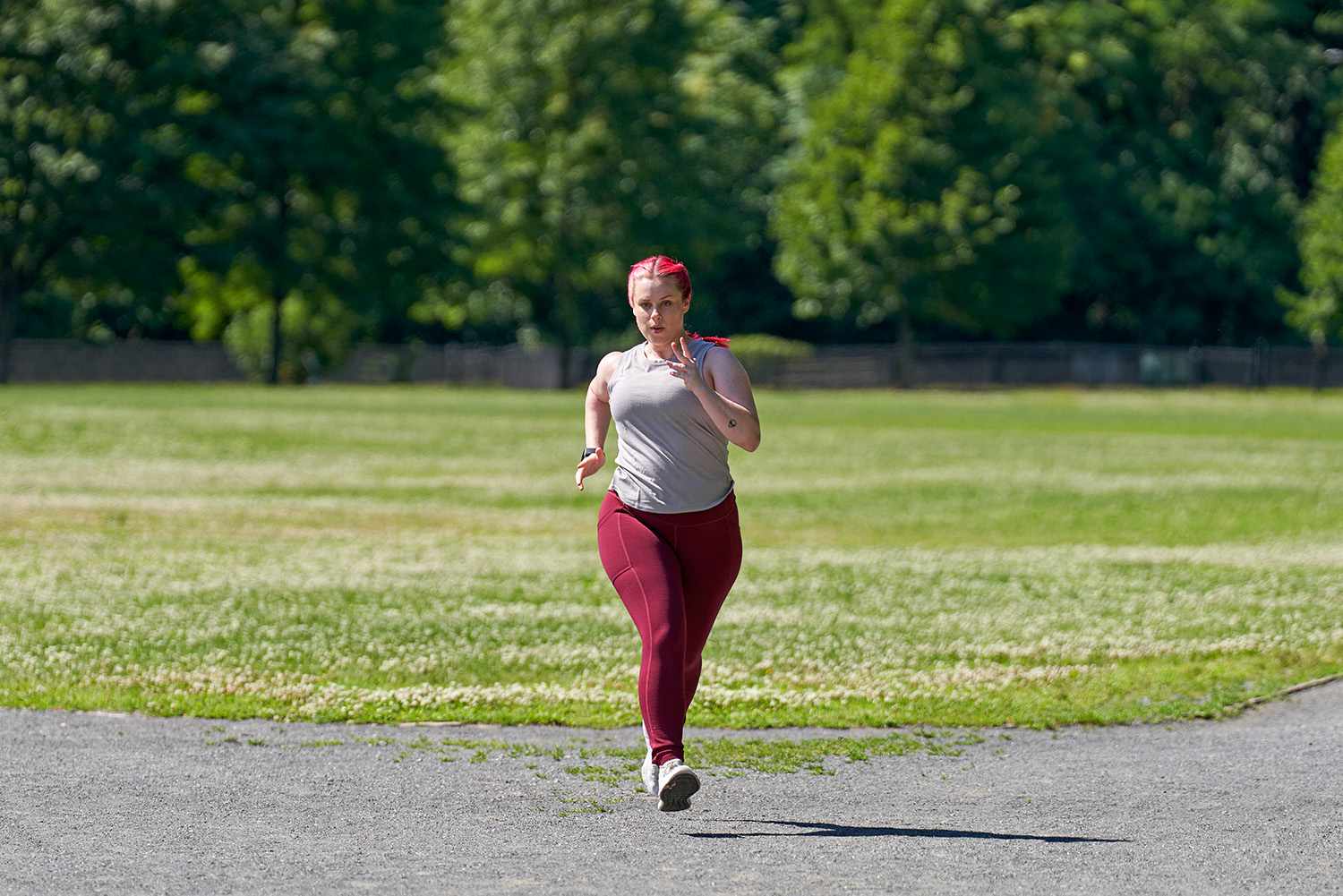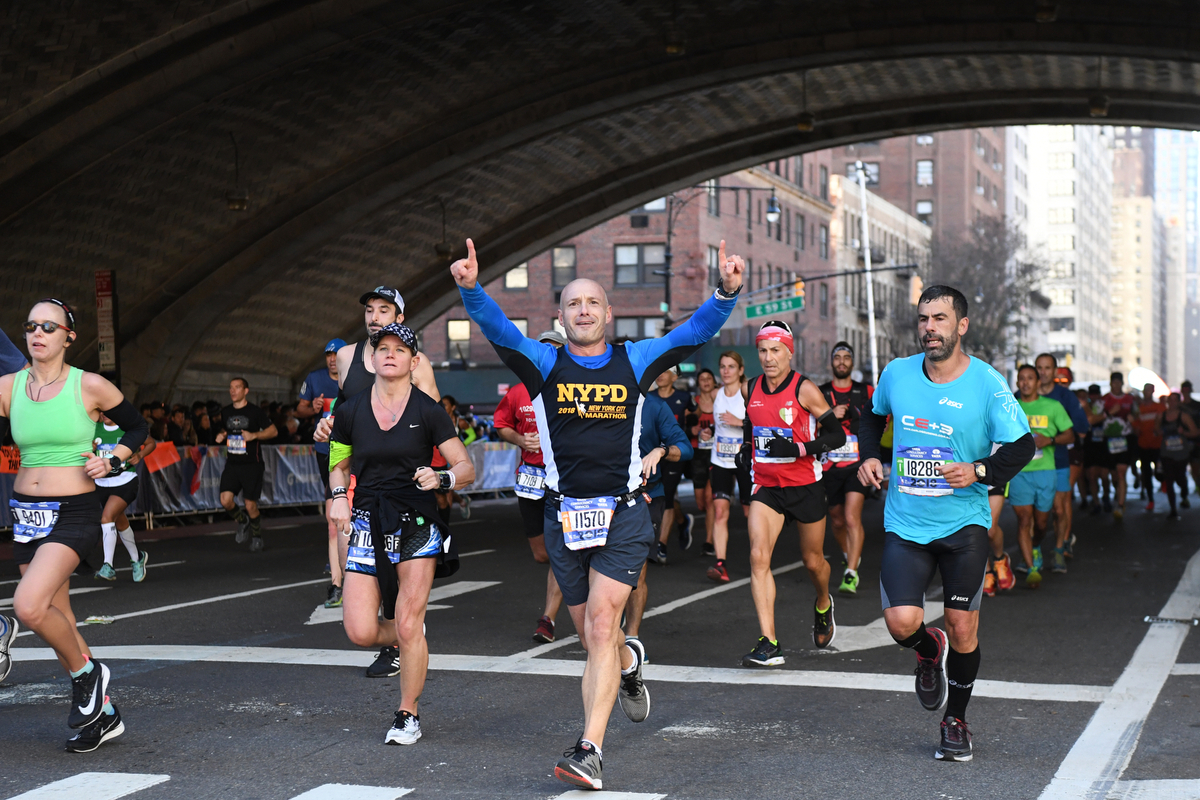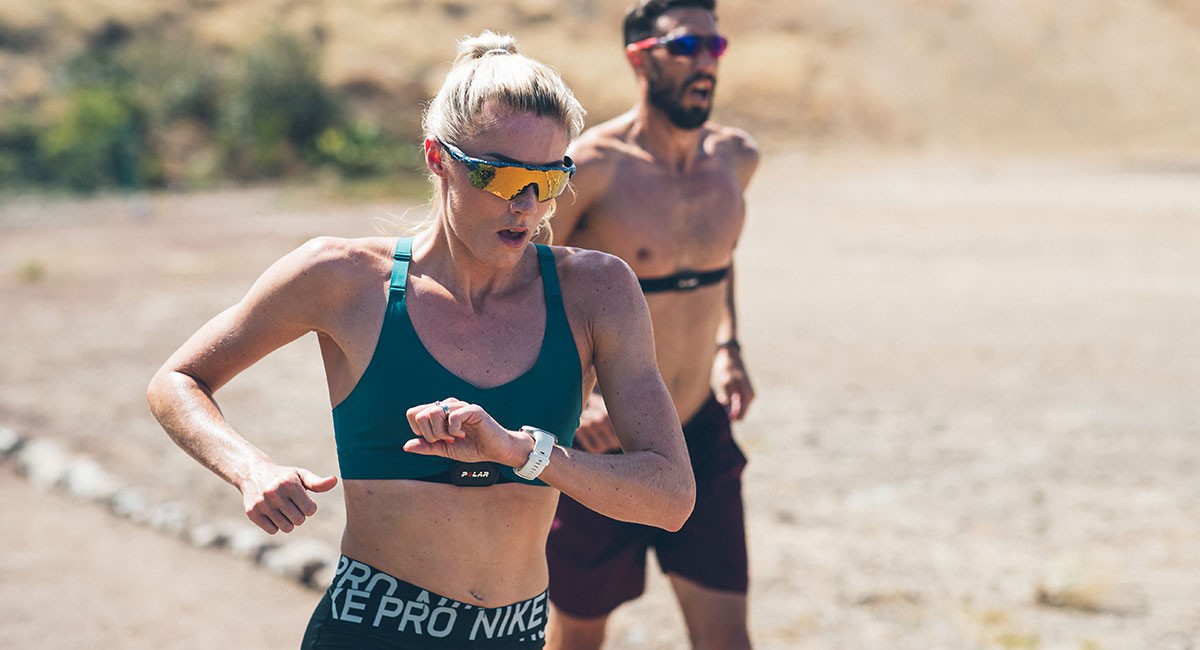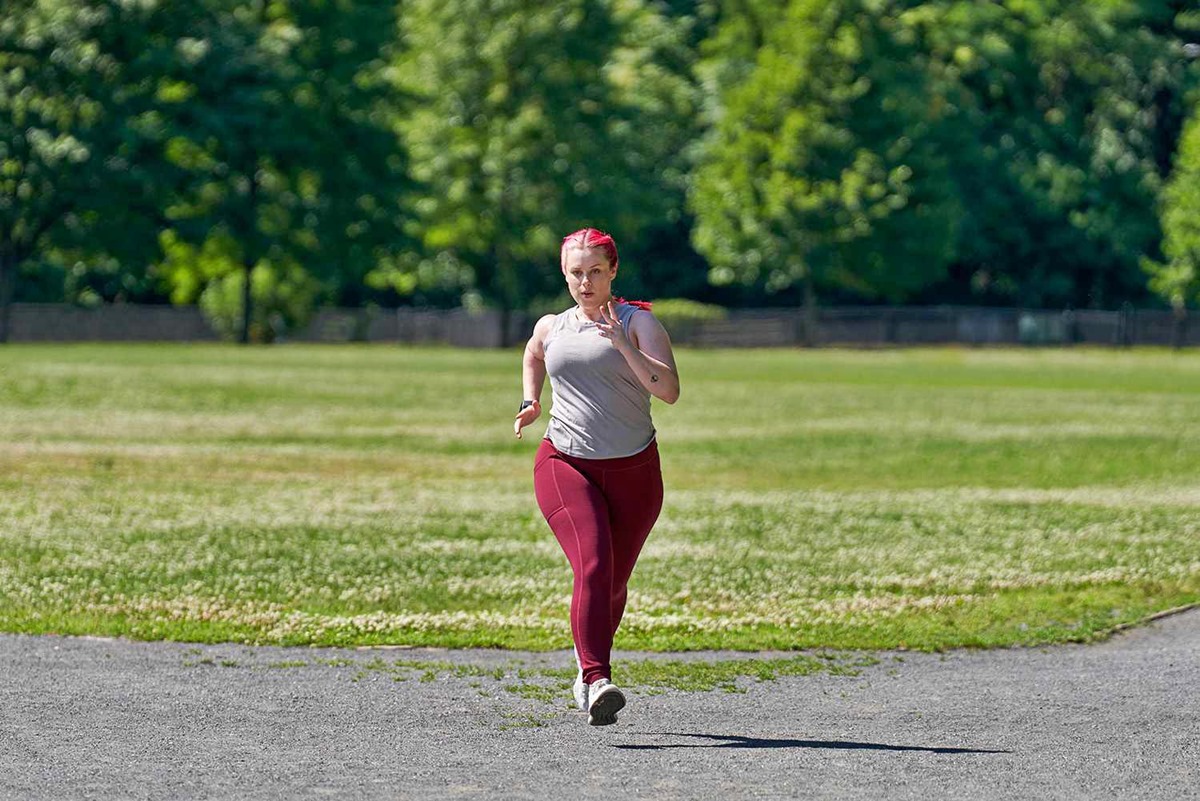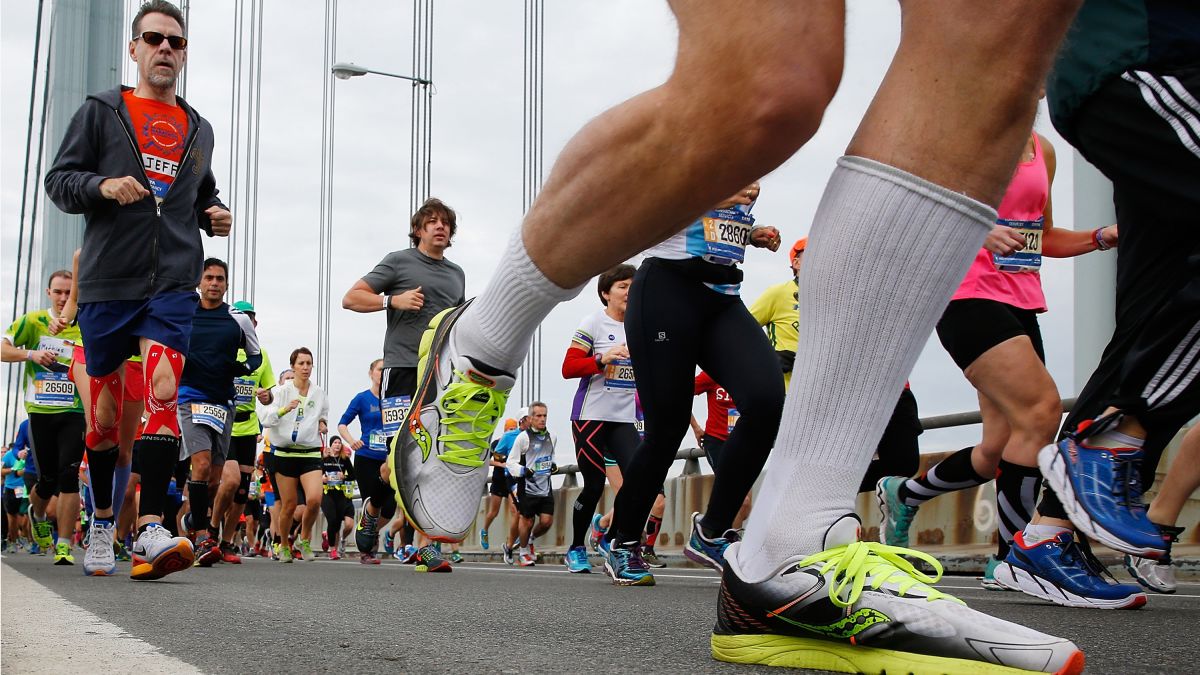

Featured
What Is A Good Pace For 3 Miles
Modified: August 21, 2023
Looking for a good pace for your 3-mile runs? Check out this featured article and discover the ideal speed to maximize your performance.
Introduction
When it comes to running, pace is a fundamental factor that plays a crucial role in performance and progress. Whether you are a seasoned runner or just starting out, understanding and establishing a good pace is essential to achieve your goals. In this article, we will delve into the concept of pace and specifically focus on determining a good pace for running 3 miles.
Pace refers to the speed at which you run per unit of distance, typically measured in minutes per mile. A good pace allows you to maintain a steady rhythm and exert the right amount of effort, ensuring that you reach your desired distance without burning out too quickly. While it is important to push yourself, finding the balance between challenging your limits and avoiding overexertion is key to sustaining long-term progress.
Moreover, establishing a good pace helps to prevent potential injuries and allows you to monitor your progress effectively. By consistently running at an appropriate pace, you can track improvements, set realistic goals, and gradually push yourself further.
Now that we understand the significance of pace, let’s dive into the factors that need to be considered when determining a good pace for running 3 miles.
Understanding the Importance of Pace
Pace is an essential aspect of running that affects various aspects of your performance. Understanding the importance of maintaining a suitable pace can help you optimize your training and achieve your desired results. Here are a few reasons why pace matters:
- Efficiency: Running at the right pace allows your body to move efficiently, conserving energy and reducing the risk of premature fatigue. It enables you to maintain a steady rhythm and perform at your best for longer durations.
- Endurance: The ability to sustain a consistent pace over a longer distance contributes to building endurance. By gradually increasing your distance while maintaining a steady pace, you can train your body to endure prolonged periods of physical activity.
- Progress Tracking: Pace serves as a valuable metric to gauge your progress over time. By tracking your pace during various runs, you can monitor your performance improvements and set realistic goals for future training sessions.
- Injury Prevention: Running at an appropriate pace reduces the risk of injuries. Pushing yourself too hard by going too fast can strain your muscles and joints, leading to potential injuries. Conversely, running too slow may cause you to adopt incorrect form or compensatory movements. Maintaining a good pace helps you strike the right balance between challenging yourself and staying safe.
By understanding the significance of pace, you can make informed decisions about your training strategies and optimize your running experience.
Factors to Consider for Determining a Good Pace
When determining a good pace for running 3 miles, there are several factors to take into consideration. Here are some key factors that can influence your pace:
- Current Fitness Level: Your current fitness level plays a crucial role in determining your pace. If you are just starting out or have been away from running for a while, it’s important to start at a conservative pace and gradually increase the intensity as your fitness improves.
- Goal Distance: The distance you are aiming to run, in this case, 3 miles, is an important factor in determining your pace. Your pace for a shorter distance may differ from a longer one, as you’ll need to sustain your energy over a longer duration for longer distances.
- Previous Running Experience: If you have previous running experience, it can provide valuable insights into your pace. Reflect on your past training and races to determine a pace that is challenging yet achievable for your 3-mile run.
- Terrain: Consider the terrain you will be running on. Running uphill or on uneven surfaces may require a slower pace, while a flat or downhill route may allow for a faster pace.
- Weather Conditions: Weather conditions can also impact your pace. Running in hot and humid weather may slow down your pace, while cooler temperatures may allow for a faster pace.
- Health and Recovery: It’s important to listen to your body and adjust your pace based on your overall health and recovery. Factors such as fatigue, illness, or lack of sleep can affect your pace, so be mindful of how you are feeling on any given day.
- Motivation and Mental State: Your motivation and mental state can also influence your pace. Some days you may feel more motivated and energized, which can lead to a faster pace, while other days you may need to focus on maintaining a consistent pace.
Considering these factors will help you determine a pace that is suitable for your 3-mile run and will enable you to perform at your best while minimizing the risk of injury or burnout.
Recommended Pace for 3 Miles
When it comes to determining a recommended pace for running 3 miles, it’s important to find a balance between challenging yourself and maintaining a sustainable pace. The following guidelines can help you establish a suitable pace:
- Consistency: For beginners or those looking to improve their endurance, a recommended pace for running 3 miles is to aim for a consistent pace throughout the entire distance. This means maintaining a speed that allows you to complete the run without feeling completely exhausted by the end.
- Start Slow: If you’re new to running or have been away from it for a while, it’s advisable to start with a slower pace and gradually increase your speed as you build stamina and confidence.
- Listen to Your Body: Pay attention to how your body feels during the run. If you find yourself gasping for breath or straining, it may be an indication that you’re running too fast. Slow down and find a pace that allows you to maintain a steady breathing pattern.
- Use a Timer or Running App: Utilize a timer or a running app on your smartphone to measure your pace. Set a target time for completing the 3 miles and adjust your speed accordingly to achieve that goal.
- Gradual Progression: As you become more comfortable with running 3 miles, you can gradually increase your pace. Push yourself to achieve faster times, but be mindful not to exceed your limits too quickly to avoid injuries or burnout.
It’s important to note that everyone’s pace will vary based on their fitness levels, experience, and personal goals. The key is to find a pace that challenges you while still allowing you to maintain consistency and enjoyment in your runs.
Ultimately, the recommended pace for running 3 miles is one that feels comfortable yet slightly challenging. Experiment with different speeds during your training runs to find the pace that works best for you.
Improving Your Pace
If you’re looking to improve your pace for running 3 miles, there are several strategies and techniques you can implement in your training routine. Here are a few tips to help you enhance your pace:
- Incorporate Interval Training: Interval training involves alternating between periods of high-intensity running and lower-intensity recovery. By incorporating interval sessions into your training, you can improve your speed and increase your running efficiency.
- Focus on Tempo Runs: Tempo runs involve running at a comfortably hard pace for an extended period, typically maintaining a pace that is slightly faster than your average pace. These runs help build endurance and teach your body to sustain a faster pace over longer distances.
- Include Strength Training: Incorporating strength training exercises into your routine can help improve your running economy and overall speed. Focus on exercises that target your legs, core, and upper body to enhance your muscle strength and power.
- Work on Your Form: Improving your running form can help you run more efficiently and reduce energy waste. Pay attention to your posture, stride length, and arm movement to ensure that you’re running with proper technique.
- Increase Mileage Gradually: Gradually increasing your weekly mileage can help build your endurance and improve your overall pace. Gradually adding more miles to your runs allows your body to adapt and develop the necessary stamina to sustain a faster pace.
- Get Sufficient Rest: Rest and recovery are crucial for your body to adapt and improve. Make sure to incorporate rest days into your training schedule and prioritize sleep to allow your muscles to recover and avoid overtraining.
Remember, improving your pace takes time and consistency. It’s essential to listen to your body and progress at a pace that is suitable for you. Gradually implement these strategies into your training routine and be patient with the results.
Additionally, consider working with a running coach or joining a running group to gain further guidance and support in your quest to improve your pace. Their expertise and motivation can help you stay focused and maximize your potential.
Conclusion
Pace plays a significant role in running, and finding a good pace for running 3 miles is essential for optimizing your performance and achieving your goals. It is important to consider factors such as your fitness level, goal distance, terrain, weather conditions, and overall health when determining your pace.
By maintaining a suitable pace, you can improve your running efficiency, build endurance, track your progress, and reduce the risk of injuries. Starting with a consistent pace, gradually increasing your speed, and listening to your body are key to finding the right pace for your 3-mile runs.
If you’re looking to improve your pace, implementing strategies like interval training, tempo runs, strength training, working on your form, and gradually increasing your mileage can greatly contribute to your progress. Remember to prioritize rest and recovery to avoid overtraining and allow your body to adapt and improve.
Ultimately, finding a good pace is a personal journey. Experiment with different speeds, adjust as needed, and enjoy the process. Whether you’re a beginner or a seasoned runner, establishing a suitable pace will enhance your running experience and help you achieve your running goals.
So, lace up your running shoes, find your perfect pace, and enjoy the exhilarating journey of running 3 miles!
